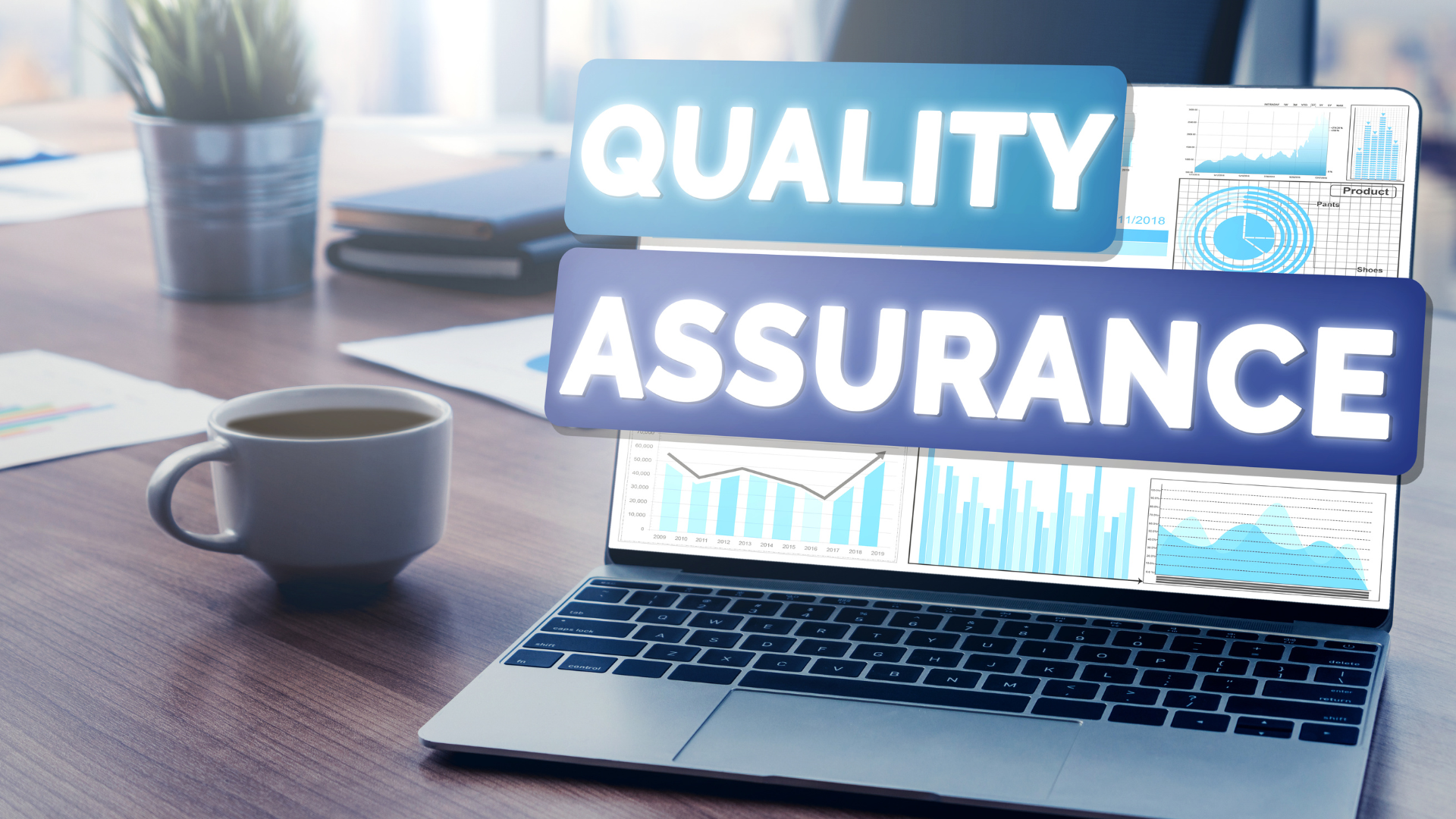
Introduction
To ensure the successful application of IT, becoming a spearhead and leverage for the competitive strengths of enterprises, The Architects provides a full range of consulting services for the life cycle of an IT project through the following steps:
a. Consulting to plan IT strategies for businesses to accurately identify problems and necessary solutions.
b. Search, evaluate and select the most suitable solution providers.
c. Negotiate implementation contracts.
d. Monitor implementation to ensure a successful project.
Scope of Work
I. Invitation to Bid
1. Working with stakeholders to refine the business requirements and propose development option (build or make).
2. Writing the “Invitation to Bid” document to call to development contractors to submit their proposals.
3. Searching for suitable contractors to send the "Invitation to Bid" document.
The “Invitation to Bid” shall include the following:
1. Introduction to the project stakeholders.
2. Functional and Non-functional requirements of the projects.
3. The Architects' original estimates of the costs and time to develop the project.
4. Request items to be included in the Quotation.
II. Vendor Valuation Report
1. Attending all meeting with stakeholders and vendors to act on behalf or assist stakeholders to communicate clearly all the functional and non-functional requirements to the vendors.
2. Accessing the quotations of all bidders and write “The Architect’s Valuation Report”
The “The Architect’s Valuation Report” includes the following judgments from The Architects:
1. Fair market value for developing the solution.
2. Strength and weakness of each bidder in the following areas:
a. Bidder’s executive commitment on the project.
b. Bidder’s overall credibility & reputable on carrying out the project of the same size and nature.
c. Technical team capabilities.
d. Technology stack selection.
3. Recommendation on short-listing bidders into the final negotiation round.


III. Quality Assurance
1. Reviewing the Test Plan and Test Result of the development contractor to ensure all the functional and non-functional requirements are tested properly.
2. Reading through the source code to ensure that there is no major and critical issues such as backdoor in the source code. (Only applicable to development project)
3. Signing off quality control guarantee forms for each project milestone.
